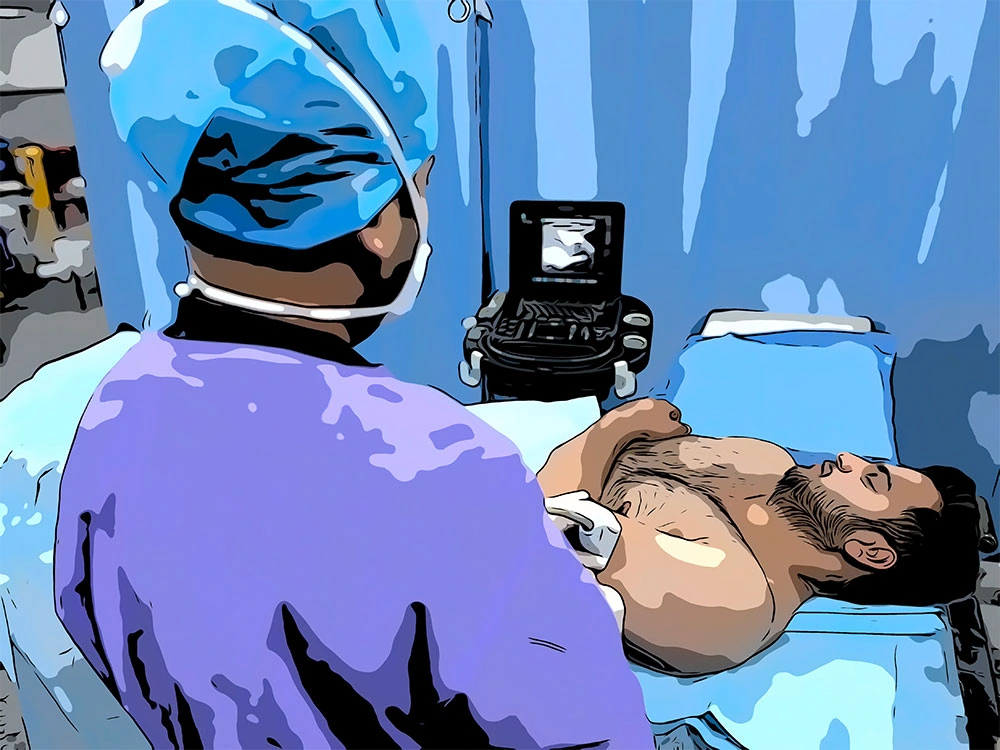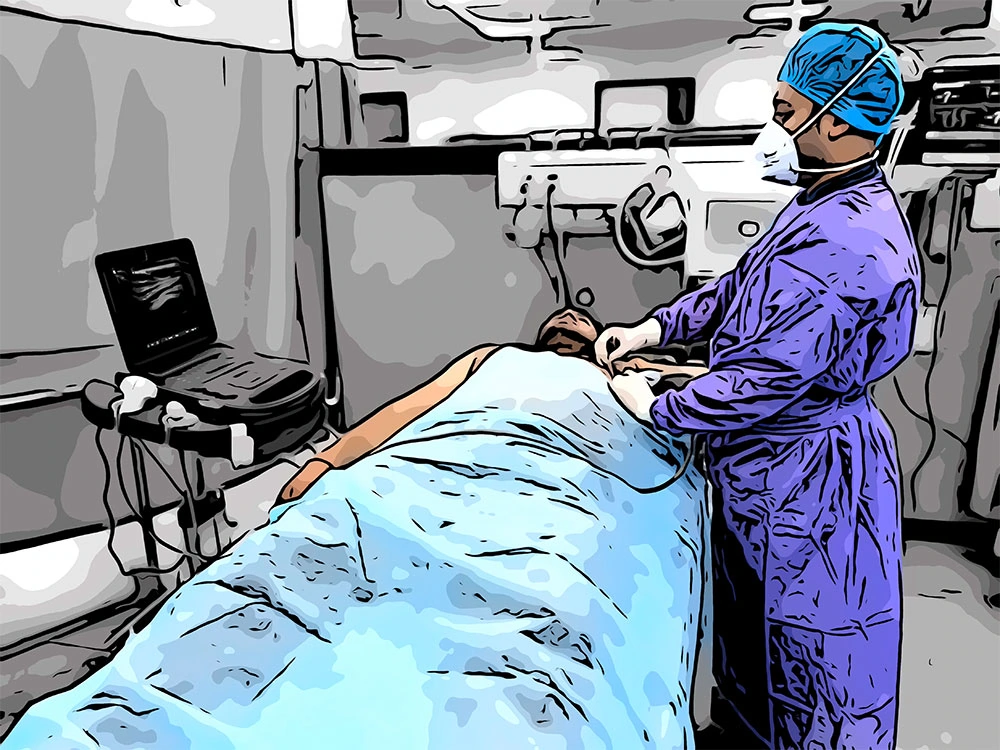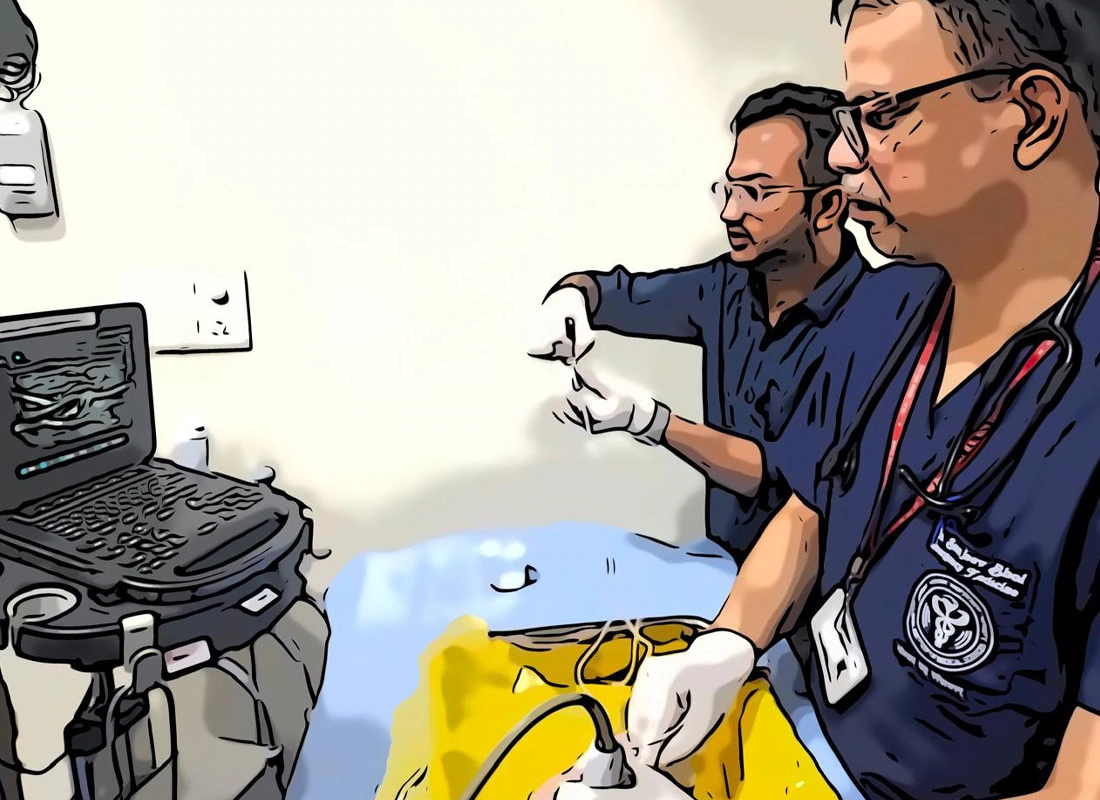Integrating Point-of-Care Ultrasound (POCUS) into existing workflows in emergency departments (EDs) can be challenging, but several strategies have proven successful. Here are some key approaches:
Comprehensive Training Programs:
- Structured Curriculum: Develop a structured training program that includes both theoretical and hands-on components. This should cover basic ultrasound physics, image acquisition, and interpretation.
- Simulation-Based Training: Use simulation labs to allow physicians to practice POCUS in a controlled environment before applying it in real clinical scenarios.
- Continuous Education: Offer ongoing education opportunities, such as workshops, online courses, and refresher sessions, to keep skills up-to-date.
Mentorship and Supervision:
- Mentorship Programs: Pair less experienced physicians with POCUS experts who can provide guidance and feedback. This helps build confidence and competence.
- Supervised Practice: Implement a period of supervised practice where new users perform POCUS under the supervision of experienced practitioners until they demonstrate proficiency.
Standardized Protocols and Guidelines:
- Develop Protocols: Create standardized protocols for common POCUS applications, such as the FAST exam, cardiac ultrasound, and lung ultrasound. This ensures consistency and reliability in POCUS use.
- Quality Assurance: Establish quality assurance processes, including regular audits and peer reviews, to maintain high standards of care.
Integration into Clinical Workflow:
- Time Management: Train staff on efficient time management techniques to balance POCUS with other clinical responsibilities.
- Workflow Mapping: Analyze current workflows to identify where POCUS can be seamlessly integrated. This might include triage, initial patient assessment, and procedural guidance.
Administrative Support and Advocacy:
- Leadership Buy-In: Secure support from hospital leadership by demonstrating the benefits of POCUS, such as improved patient outcomes and cost savings.
- Interdepartmental Collaboration: Foster collaboration between departments, such as radiology and emergency medicine, to address any concerns and promote a team-based approach to POCUS implementation.
Technology and Equipment:
- Invest in Quality Equipment: Ensure the availability of high-quality, portable ultrasound machines that are easy to use and maintain.
- Technical Support: Provide technical support and regular maintenance to keep equipment in optimal condition.
By adopting these strategies, emergency departments can effectively integrate POCUS into their workflows, enhancing diagnostic capabilities and improving patient care.
Critical Care : International Journal of Emergency Medicine : IntechOpen : MDPI : Springer : Journal of Emergency Medicine : BMJ Open






